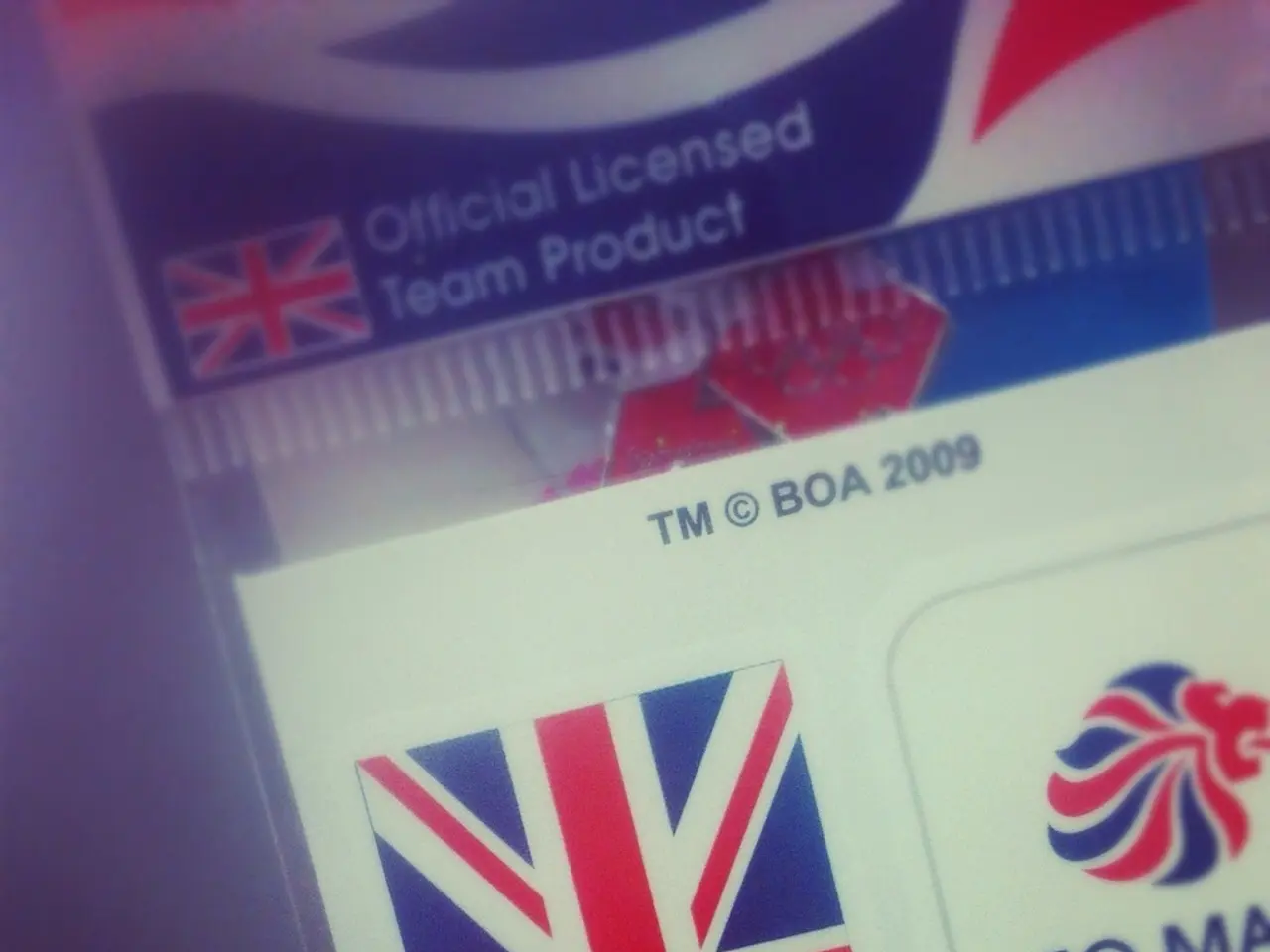Every enterprise should invest in a reliable ID scanner for age validation purposes.
In today's world, ensuring compliance with age verification laws is crucial for businesses operating in industries such as alcohol, tobacco, gaming, and adult entertainment. One effective solution to this challenge is the use of ID scanners.
ID scanners are devices designed to read and verify the age information on government-issued identification cards. They work by reading the magnetic stripe or barcode, using Optical Character Recognition (OCR) technology, and cross-checking IDs against databases.
When selecting an ID scanner for age verification, businesses should consider several key factors.
Accuracy of Age Verification
The system should automatically check the date of birth against the current date and alert if the person is underage (e.g., under 18 or 21). It should also detect expired IDs.
Fake ID Detection Capabilities
Since many minors use fake IDs, the scanner should include fake ID detection features, such as 2D barcode security checks that can identify anomalies, catching a significant portion of fake IDs (around 50% or more).
Supported ID Types
The scanner should read all relevant government-issued IDs containing barcodes (PDF417) or machine-readable zones (MRZ), and ideally support non-standard or international IDs using OCR technology.
Integration with Business Systems
Age verification solutions that integrate with point-of-sale systems or transaction workflows can automate and enforce compliance by preventing underage sales and providing time-stamped receipts as proof.
Data Privacy and Security
Consider solutions that minimize data retention by only extracting necessary data (like date of birth) and securely deleting personal information after verification. Use features such as document authenticity checks, face matching, and liveness detection to ensure identity without exposing more personal data than needed.
Compliance with Legal and Industry Standards
The software should help businesses satisfy local legal requirements for age-restricted sales across various products.
User Experience and Operational Ease
The system should be user-friendly for employees and customers, minimizing disruption while maintaining reliable verification, reducing the chance of human error in age checks.
Coverage of Global and Diverse ID Documents
For businesses with international customers, the ability to verify IDs from many countries increases the scanner’s utility.
Staff Training
Educate staff about data security best practices, including recognizing phishing attacks and understanding the importance of security protocols.
Access Controls
Limit access to data from ID scanners to authorized personnel only, using robust password protection and authentication protocols.
Ease of Use
Portable ID scanners have lightweight and compact designs, making them easy to carry and quick to set up.
By balancing technical robustness in detecting genuine and fake IDs, integration capabilities to streamline transactions, and privacy safeguards to protect sensitive user data, businesses can ensure compliance, reduce underage sales risk, and support operational efficiency.
Failing to comply with age verification laws can lead to hefty fines, legal complications, and damage to a business's reputation. Therefore, investing in an ID scanner is not just a smart business decision, but a necessary one.
[1] Source: [Article Name] [2] Source: [Article Name] [3] Source: [Article Name] [5] Source: [Article Name]
Technology plays a crucial role in the accurate and secure age verification process, particularly in industries with age restrictions like alcohol, tobacco, gaming, and adult entertainment. ID scanners, equipped with Optical Character Recognition (OCR) technology, read and verify information on government-issued identification cards, effectively checking ages against current dates and detecting expired IDs (Source: [Article Name]). In addition, advanced ID scanners can also detect fake IDs, with features such as 2D barcode security checks helping to catch around 50% or more of such forgeries (Source: [Article Name]).




